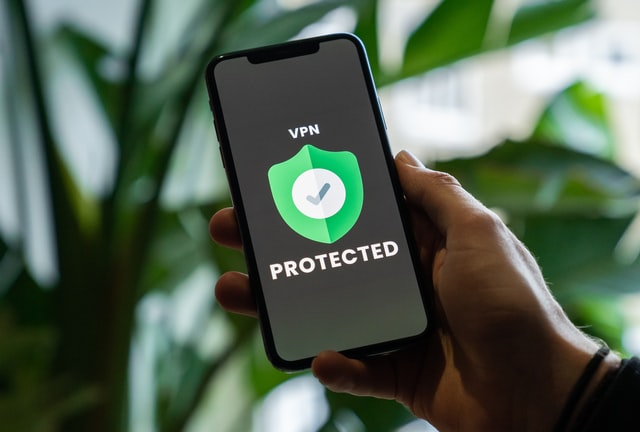One of the most common defaults or bad things that happens to a computer (either laptops or desktops) are malware or viruses. A computer virus is a form of malware (malicious software) that’s common among computers and is mostly gotten through affected or corrupted file transfers, email attachments, or online downloads, to prevent them is important. Most times, the acquisition of this software is unknown, but they are solved or prevented at best.
Signs your computer system is corrupted by viruses?
Signs vary depending on what the virus distortion purpose is; might show a sign by overwriting your files and leaving it at 0kb; unexpected popups from your browser apps, files going missing, or storage spaces missing. Also, if the virus was acquired via email, it could lead to you getting some strange email or error messages from your account; If acquired via a website, it could lead to some excessive network and internet activities. Some viruses are also sent to you by hackers to access your files, app, or your computer as a whole.
What’s the extent of the damage computer viruses can cause?
The acquisition of this software can cause great damage to your files and documents, at the medium of it, makes your computer operation slow, and at the height of it, could make your computer crash. Just like we experienced during covid how fast the cases were increasing and spreading, that’s like the most common thing with all viruses irrespective of the type of host. These viruses change the programs and apps in order to spread themselves. Malicious malware spreads across the machine, infecting it. Computer viruses may infect a system in a variety of ways and take different shapes. So, How do you prevent computer viruses in 2023?
10 Steps on How to Prevent Computer Virus in 2023.
- The first step to prevent a computer virus is to not start the computer when there are USB or other types of removable disks plugged in. Especially if it’s from an unknown or not well-known source. This is one of the most common ways to transfer viruses to computers offline. Also, always eject every external drive before ever removing them from your computer.
- Avoid Opening unknown email attachments which are from unknown or unexpected sources. Before you download any email file attachments, make sure you are aware of the sender or at best, check the email address if looks legit or spam. If not looking real, then it’s advisable to get rid of such mail totally or not open it at all once you realize the sender isn’t legit.
- Use an updated anti-virus program that can run a complete diagnosis of your computer routinely. This will make sure all your files are checked, give an error message once a file is infected, and also automatically resolve minor issues. Using antivirus software is also one of the best ways to scan an external drive or USB transfer. If you don’t want to use the popular Kaspersky anti0virus, you can use these free ones as alternatives. Sopho home, AVG anti-virus, Avira, avast, etc.
- Get updated with the latest popular computer viruses and their preventive measures. Means of getting some virus are not fixed. There are some websites where you can regularly get which virus is new, especially through web visits or spam links.
- Backing up is essential. Test backups often to verify data integrity and functionality.
- Turn off macro scripts. Disable macros which are instructions saved in spreadsheet and word processing programs. Macros are not bad, but someone might want to use them to infect your computer. Maintain patched and current versions of all systems, including cloud locations, content management systems (CMS), mobile devices, operating systems, software, and apps. If at all practicable, make use of a central patch management system.
- Limit access to the Internet. When accessing the Internet, use a proxy server and think about using ad blocking software.
- Apply the network segmentation and least privilege principles. Sort and classify data according to organizational importance. When practical, use virtual environments and segregate networks and data physically and logically. Use the least privilege principle.
- To make sure they are vigilant with cybersecurity best practices, you should investigate and keep an eye on any third parties that have remote access to your organization’s network or your links to third parties.
- HackSweep is a live cyber security monitoring service by TickTockTech and CyberGood Security for ransomware detection and mitigation.

